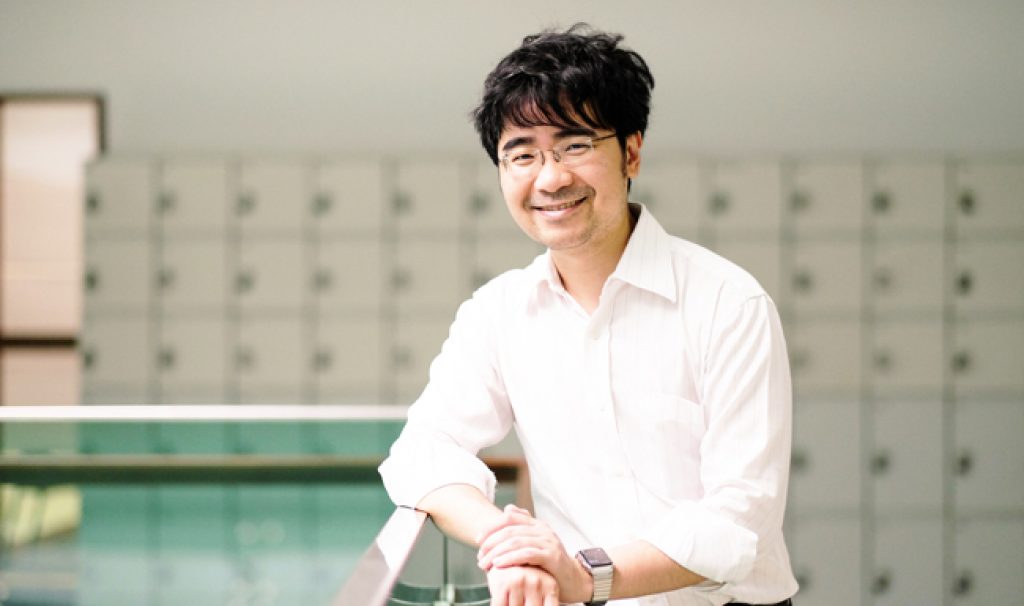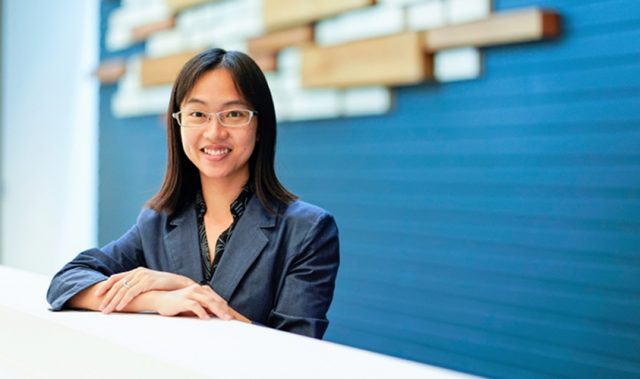
AsianScientist (Mar. 11, 2016) – by Feng Zengkun – How did Singapore transform from a legal backwater to a hub for international commercial dispute resolution and other law specialties, and where will it go from there? A look at the country’s legal history over the past 200 years, and especially in the past 50 years, suggests how it might find its footing in an evolving legal landscape.
Goh Yihan, Associate Dean of Research and Associate Professor of Law at the Singapore Management University (SMU) School of Law, is an expert on contract and tort law and has also written about the development of Singapore’s legal system.
He recently co-edited Singapore Law: 50 Years in the Making, published by Academy Publishing, and authored Singapore Chronicles: Law, published by the Straits Times Press. The books track the birth and growth of Singapore’s legal system, and were timed to commemorate the 50th anniversary of Singapore’s independence.
With the rising stars and veterans of the legal profession contributing to the chapters in Singapore Law: 50 Years in the Making, the book is subject-intensive and more suitable for those in the profession who want to know more about specific fields of law. In comparison, Singapore Chronicles: Law offers a simpler overview for people not familiar with Singapore’s legal system.
“They weren’t intended as companion books, but they do serve different audiences,” says Professor Goh. “By looking back at Singapore’s legal history, you get a better sense of what its future might look like.”
Blazing its own path
Among the highlights of Singapore Law: 50 Years in the Making is a chapter penned by former Chief Justice (CJ) Chan Sek Keong, who was also the architect of the landmark Application of English Law Act (AELA) passed in Singapore in 1993.
Singapore once followed the English common law that was introduced into the country in 1826, but the 1993 AELA made Singapore’s legal system truly independent of the English common law.
As former CJ Chan recounted in his chapter, he had written about some problematic aspects of the English common law in 1961, but thirty years would pass before he convinced the Singapore government to introduce the AELA, and against “strong resistance from an influential lawyer in the Attorney-General’s Chambers.”
Professor Goh cites the chapter as one of his favourites in the book.
“The Application of English Law Act allowed Singapore to start on a clean slate and provided that, while English law can apply in Singapore, Singapore could develop its own law. Former CJ Chan’s account is the untold story behind that seminal piece of legislation,” he shares.
A recent paper he co-wrote with Judge of Appeal Justice Andrew Phang—in which Professor Goh was the secondary author—outlines how Singapore has since taken a novel approach to general and specific issues related to the breach of contract. The paper, “Encounters with History, Theory and Doctrine–Some Reflections on Discharge by Breach of Contract,” was presented in a conference held in Sydney last December.
Under English contract law, a party cannot terminate for breach of contract as long as the breached clause is stipulated to be a “warranty,” or a non-essential term of the contract. Under Singapore contract law, however, a party may have the right to terminate the contract, even if the term is listed as a “warranty,” if the consequences of the breach were sufficiently serious.
A case study for other legal systems
Other countries have also increasingly looked to Singapore for legal guidance. Recently, Hong Kong referred to a 2001 anti-harassment case tried in the Singapore High Court when it adopted common law protections against harassment.
“There are increasing references to Singapore law in other countries, despite the smaller number of cases that come out of our courts. This exportation of Singapore law is part of the globalisation of the legal profession,” says Professor Goh.
While Singapore’s courts strive to develop laws in various fields, there are nevertheless clear benefits to having homogenous laws, for example in commerce, to facilitate cross-border trade, he says.
“If Singapore’s courts think there is a better way of doing things, they will not hesitate to do so, but this must be balanced against being an outlier especially in areas related to commercial law.”
The shifting legal landscape
While it seeks to develop its own identity, Singapore’s legal system has at the same time become more global in outlook. In 2013, Singapore’s courts considered more than 1,500 foreign cases in their judgments, five times as many as the number 20 years ago, and from countries such as Australia, Malaysia, Canada, India, Hong Kong, New Zealand, the US and even South Africa.
In 2015, Singapore also launched the Singapore International Commercial Court, which aims to be the Asian centre for resolving international commercial disputes. The new court joins other international legal institutions in the country such as the Singapore International Arbitration Centre and the Singapore International Mediation Centre.
“In this evolving legal landscape, even as we strive to build our own jurisprudence—itself an important endeavour—Singapore’s lawyers and law students will need to know what’s happening in other countries. They can’t just say that only local law is relevant, because that will be the equivalent of burying their heads in the sand,” he says.
Asian Scientist Magazine is a media partner of the Singapore Management University Office of Research.
———
Source: Singapore Management University; Read the original article here; Photo: Cyril Ng.
Disclaimer: This article does not necessarily reflect the views of AsianScientist or its staff.












